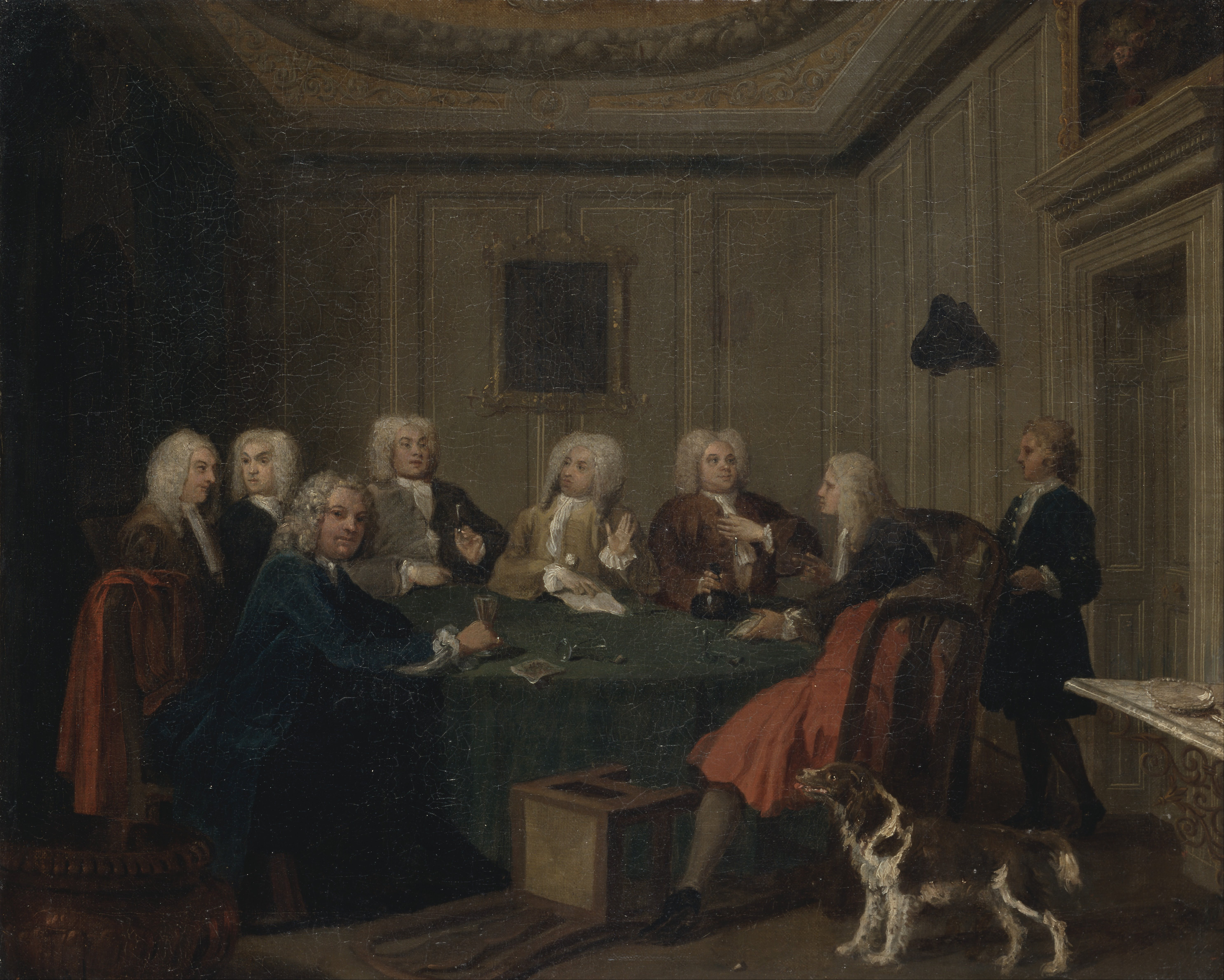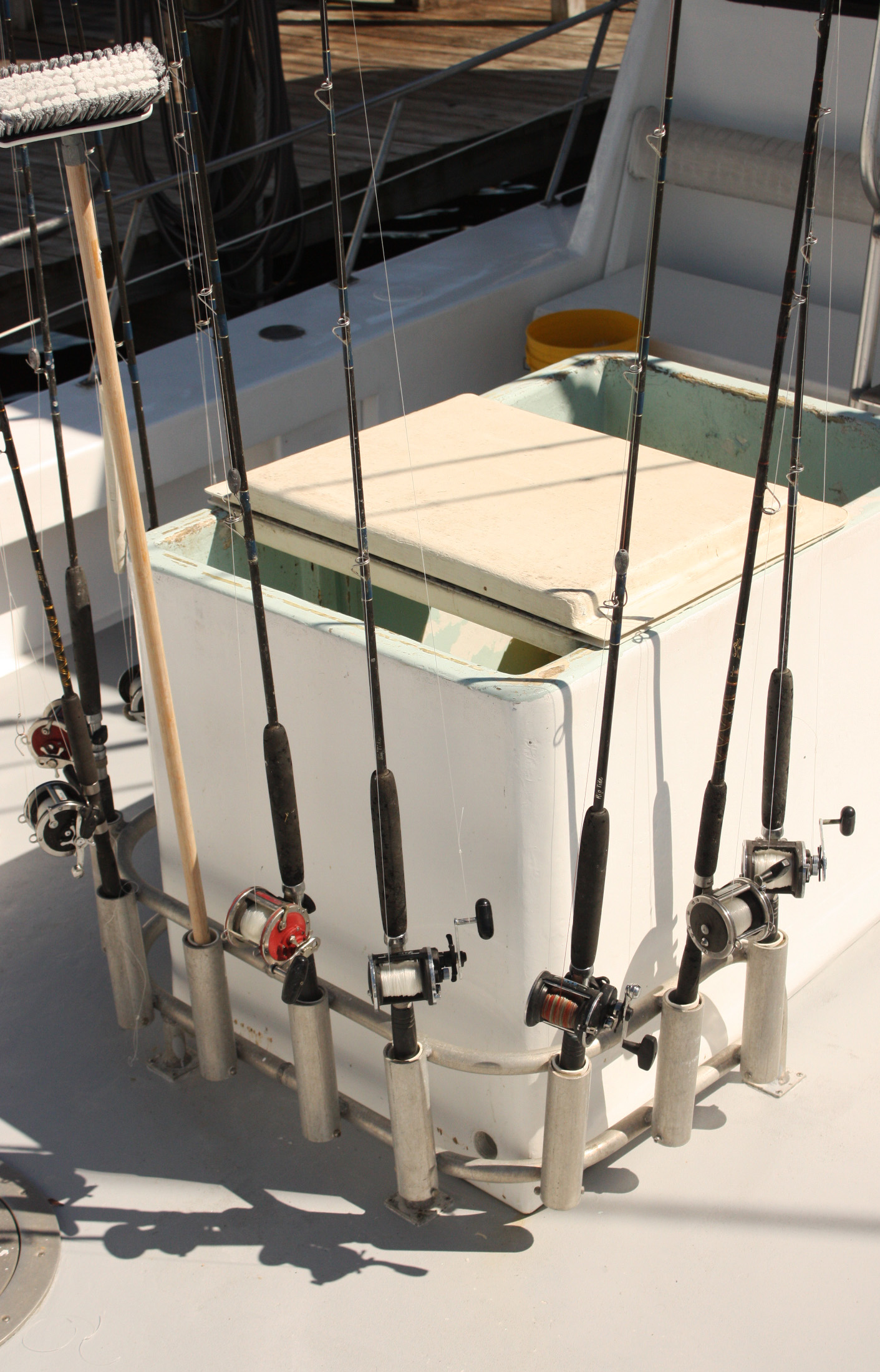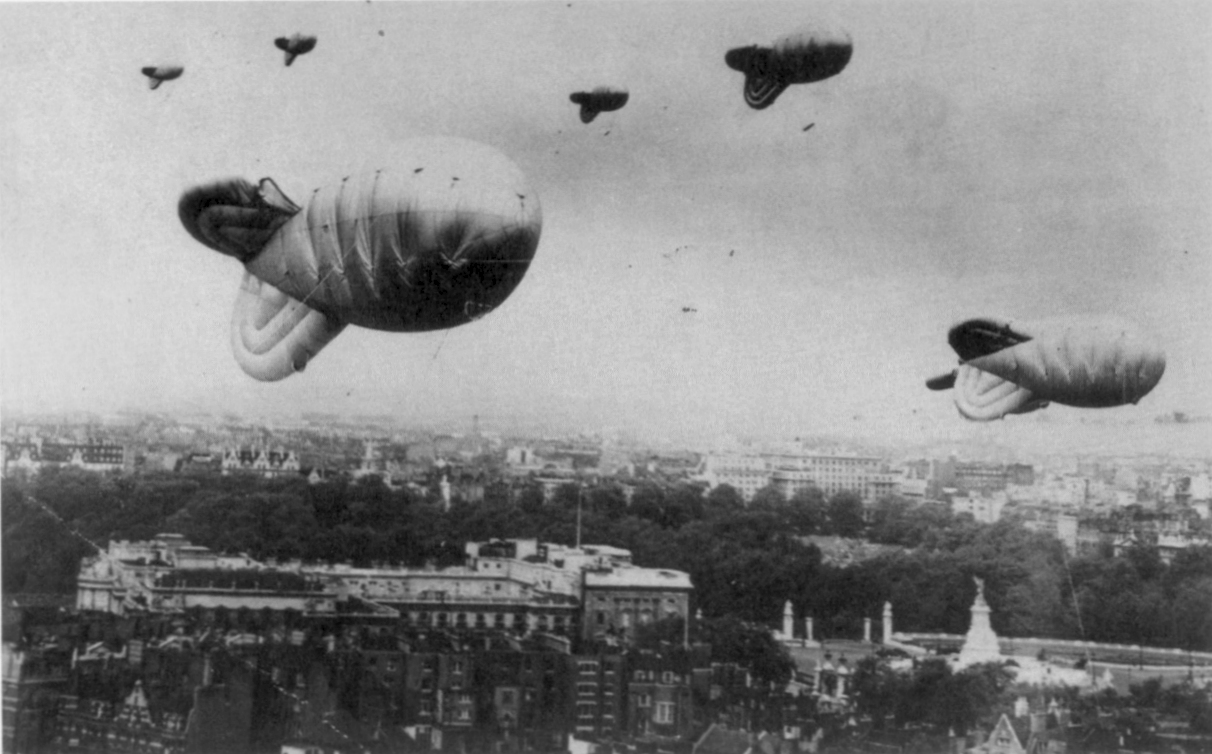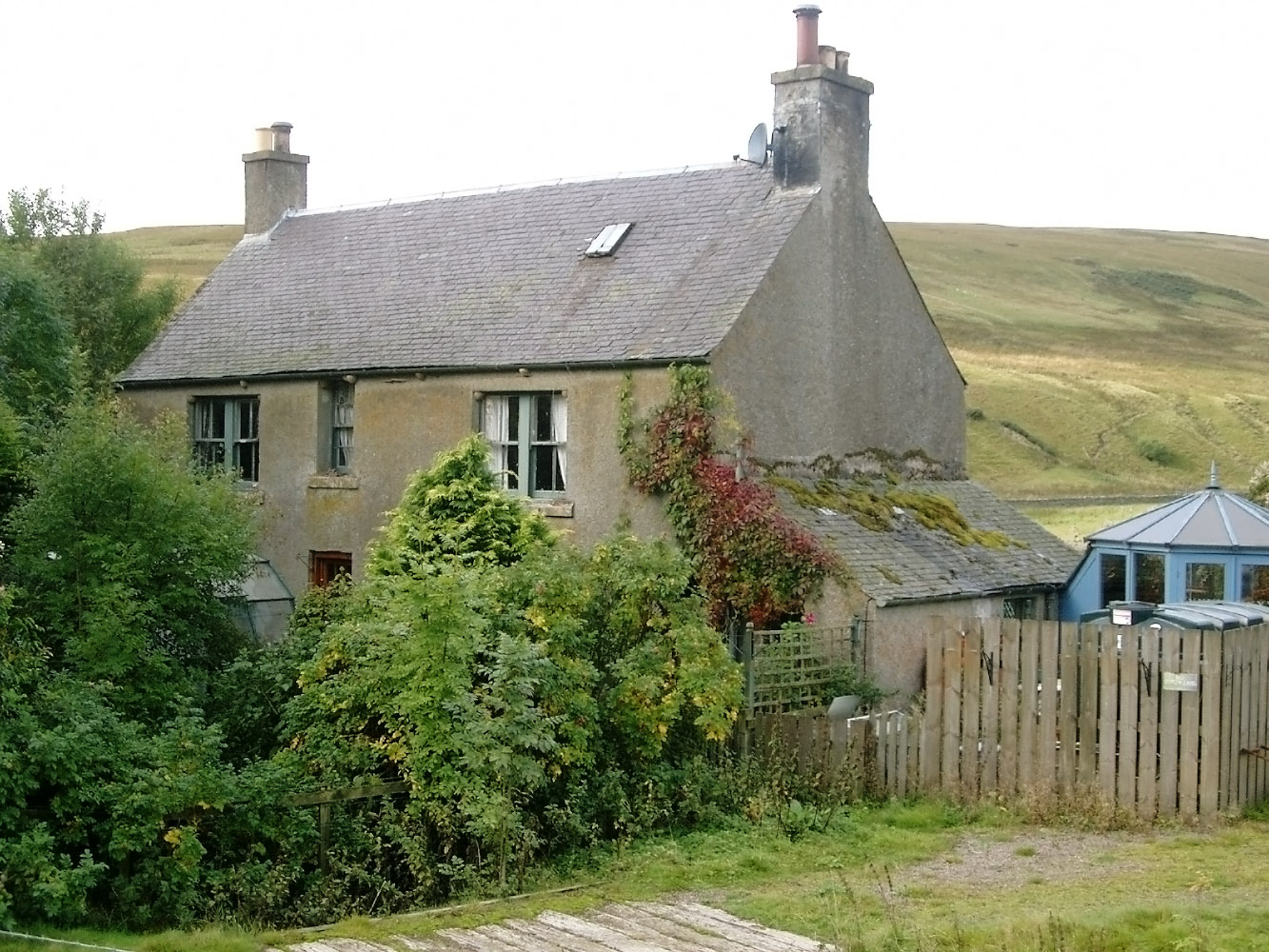|
Flyfishers' Club
The Flyfishers' Club is a gentlemen's club in London, England, which was founded in 1884 for enthusiasts of flyfishing. In 1894, the club had more than three hundred members, while in 1984, this number had risen to between eight and nine hundred members. History The club's library has been described as one of the finest of its kind in Europe; it has a collection of around three thousand works on the subject of fishing, including works such as the successful '' Floating Flies and How to Dress Them'' and ''Dry Fly Fishing in Theory and Practice'' by F.M. Halford, one of the club's co-founders. Many well-known writers on angling are members, and have contributed signed copies of their publications to the library. According to Basil Field, the founding president, the original prospectus described the club's purposes as follows: :"To bring together gentlemen devoted to fly-fishing generally. :"To afford a ready means of communication between those interested in this delightful art. ... [...More Info...] [...Related Items...] OR: [Wikipedia] [Google] [Baidu] |
Gentlemen's Club
A gentlemen's club is a private social club of a type originally established by males from Britain's upper classes starting in the 17th century. Many countries outside Britain have prominent gentlemen's clubs, mostly those associated with the British Empire such as the Royal Society in London set up in 1660. The form spread to other parts of the Empire such as Australia, India, Ireland, Pakistan, and Bangladesh. There are also many similar clubs in major American cities, especially the older ones. The gentlemen’s club in Moscow (Angliyskoye sobranie, rus. Английское собрание), founded approximately in 1772, was the centre of noble social and political life in the 18th-19th centuries, and largely determined public opinion. By their nature gentlemen's clubs were often founded by, and created and reinforced, old boy networks. A typical club contains a bar, a library, one or more parlours for reading, gaming, or socializing, a billiard room, and a formal din ... [...More Info...] [...Related Items...] OR: [Wikipedia] [Google] [Baidu] |
Fishing Rod
A fishing rod or fishing pole is a long, thin rod used by angling, anglers to fishing, catch fish by manipulating a fishing line, line ending in a fish hook, hook (formerly known as an ''angle'', hence the term "angling"). At its most basic form, a fishing rod is a straight rigid stick/pole with a line fastened to one end (as seen in traditional bamboo rod fishing such as Tenkara fishing); however, modern rods are usually more elastic and generally have the line stored in a fishing reel, reel mounted at the rod handle, which is hand-cranked and controls the line retrieval, as well as numerous line-restricting rings (also known as ''line guides'') that distribute bending stress along the rod and help dampening down/prevent line whipping and entanglement. To better entice fish, fishing bait, baits or fishing lure, lures are dressed onto the hook attached to the line, and a bite indicator (e.g. a fishing float, float) is typically used, some of which (e.g. quiver tip) might be in ... [...More Info...] [...Related Items...] OR: [Wikipedia] [Google] [Baidu] |
Basil Field
Basil (, ; , ; ''Ocimum basilicum'' (, )), also called great basil, is a culinary herb of the family Lamiaceae (mints). It is a tender plant, and is used in cuisines worldwide. In Western cuisine, the generic term "basil" refers to the variety also known as Genovese basil or sweet basil. Basil is native to tropical regions from Central Africa to Southeast Asia. In temperate climates basil is treated as an annual plant, but it can be grown as a short-lived perennial or biennial in warmer horticultural zones with tropical or Mediterranean climates. There are many varieties of basil including sweet basil, Thai basil (''O. basilicum'' var. ''thyrsiflora''), and Mrs. Burns' Lemon (''O.'basilicum var. citriodora''). ''O. basilicum'' can cross-pollinate with other species of the ''Ocimum'' genus, producing hybrids such as lemon basil (''O. × citriodorum'') and African blue basil (''O. × kilimandscharicum''). Description Basil is an annual, or sometimes perennial, herb. D ... [...More Info...] [...Related Items...] OR: [Wikipedia] [Google] [Baidu] |
The Blitz
The Blitz (English: "flash") was a Nazi Germany, German bombing campaign against the United Kingdom, for eight months, from 7 September 1940 to 11 May 1941, during the Second World War. Towards the end of the Battle of Britain in 1940, a contest for daylight air superiority over the United Kingdom between the and the Royal Air Force, Germany began conducting mass air attacks against British cities, beginning with London, in an attempt to draw the RAF Fighter Command into a battle of annihilation.Price 1990, p. 12. Adolf Hitler and Hermann Göring, commander-in-chief of the Luftwaffe, ordered the new policy on 6 September 1940. From 7 September 1940, London was systematically bombed by the Luftwaffe for 56 of the following 57 days and nights. Notable attacks included a large daylight attack against London on Battle of Britain Day, 15 September, a large raid on 29 December 1940 against London -- resulting in a firestorm known as the Second Great Fire of London,Hooton 1997, p. ... [...More Info...] [...Related Items...] OR: [Wikipedia] [Google] [Baidu] |
Swallow Street
Swallow Street is a small street in the West End of London, running north from Piccadilly. It is about long. History The street was previously much longer and stretched as far north as Oxford Street. The first section of the street was built in 1671 as Swallow Close, and was named after the 16th-century tenant Thomas Swallow. On John Ogilby's map of London in 1681, it is shown as running as far as Beak Street, which continues to what is now Oxford Street. Beak Street was developed by the end of the 17th century, and the road became known as Little Swallow Street as far as Glasshouse Street, then Swallow Street to Oxford Street, ending opposite Princes Street. It was the main road between Piccadilly and Oxford Street by the 18th century, and is marked as such on John Rocque's Map of London, 1746. In 1815, the majority of the street was demolished to construct Regent Street, a modern thoroughfare designed by John Nash. The former line of Swallow Street is roughly now where p ... [...More Info...] [...Related Items...] OR: [Wikipedia] [Google] [Baidu] |
Aberdeen Press And Journal
''The Press and Journal'' is a daily regional newspaper serving northern and Highland Scotland including the cities of Aberdeen and Inverness. Established in 1747, it is Scotland's oldest daily newspaper, and one of the longest-running newspapers in the world. History The newspaper was first published as a weekly title, ''Aberdeen's Journal'', on 29 December 1747. In 1748 it changed its name to the ''Aberdeen Journal''. It was published on a weekly basis for 128 years until August 1876, when it became a daily newspaper. The newspaper was owned by the Chalmers family throughout the nineteenth century, and edited by members of the family until 1849, when William Forsyth became editor. Its political position was Conservative. In November 1922, the paper was renamed ''The Aberdeen Press and Journal'' when its parent firm joined forces with the ''Free Press''. Historical copies of the ''Aberdeen Journal'', dating back to 1798, are available to search and view in digitised form at ... [...More Info...] [...Related Items...] OR: [Wikipedia] [Google] [Baidu] |
James Hogg
James Hogg (1770 – 21 November 1835) was a Scottish poet, novelist and essayist who wrote in both Scots language, Scots and English. As a young man he worked as a shepherd and farmhand, and was largely self-educated through reading. He was a friend of many of the great writers of his day, including Walter Scott, Sir Walter Scott, of whom he later wrote an unauthorised biography. He became widely known as the "Ettrick Shepherd", a nickname under which some of his works were published, and the character name he was given in the widely read series ''Noctes Ambrosianae'', published in ''Blackwood's Magazine''. He is best known today for his novel ''The Private Memoirs and Confessions of a Justified Sinner''. His other works include the long poem ''The Queen's Wake'' (1813), his collection of songs ''Jacobite Relics'' (1819), and his two novels ''The Three Perils of Man'' (1822), and ''The Three Perils of Woman'' (1823). Biography Early life James Hogg was born on a small farm nea ... [...More Info...] [...Related Items...] OR: [Wikipedia] [Google] [Baidu] |
Fishing Reel
A fishing reel is a hand-crank (mechanism), cranked reel used in angling to wind and stow fishing line, typically mounted onto a fishing rod, but may also be used on compound bows or crossbows to retrieve tethered arrows when bowfishing. Modern recreational fishing reels usually have fittings aiding in casting (fishing), casting for distance and accuracy, as well as controlling the speed and tension of line retrieval to avoid line snap and fishing hook, hook dislodgement. Fishing reels are traditionally used for bass fishing in angling and fly casting, competitive casting. They are typically attached near the handle of a fishing rod, though some specialized reels with pressure sensors for immediate retrieval are equipped on downrigger systems which are mounted directly to an ocean-going sport boat's gunwales or transom (nautical), transoms and are used for "deep drop" and trolling (fishing), trolling. The earliest fishing reel was invented in China at least since the Song dynasty ... [...More Info...] [...Related Items...] OR: [Wikipedia] [Google] [Baidu] |
Pirn
A pirn is a rod onto which weft thread is wound for use in weaving. Unlike a bobbin, it is fixed in place, and the thread is delivered off the end of the pirn rather than from the centre. A typical pirn is made of wood or plastic and is slightly tapered for most of its length, flaring out more sharply at the base, which fits over a pin in the shuttle. Pirns are wound from the base forward in order to ensure snag-free delivery of the thread, unlike bobbins, which are wound evenly from end to end. Pirns became important with the development of the flying shuttle The flying shuttle is a type of weaving shuttle. It was a pivotal advancement in the mechanisation of weaving during the initial stages of the Industrial Revolution, and facilitated the weaving of considerably broader fabrics, enabling the p ..., though they are also used with other end delivery shuttles. Power looms which use pirns generally have automatic changing mechanisms which remove the spent pirn from the shu ... [...More Info...] [...Related Items...] OR: [Wikipedia] [Google] [Baidu] |
The Crystal Palace
The Crystal Palace was a cast iron and plate glass structure, originally built in Hyde Park, London, to house the Great Exhibition of 1851. The exhibition took place from 1 May to 15 October 1851, and more than 14,000 exhibitors from around the world gathered in its exhibition space to display examples of technology developed in the Industrial Revolution. Designed by Joseph Paxton, the Great Exhibition building was long, with an interior height of , and was three times the size of St Paul's Cathedral. The 293,000 panes of glass were manufactured by the Chance Brothers. The 990,000-square-foot building with its 128-foot-high ceiling was completed in thirty-nine weeks. The Crystal Palace boasted the greatest area of glass ever seen in a building. It astonished visitors with its clear walls and ceilings that did not require interior lights. It has been suggested that the name of the building resulted from a piece penned by the playwright Douglas Jerrold, who in July 1850 wro ... [...More Info...] [...Related Items...] OR: [Wikipedia] [Google] [Baidu] |
The Great Exhibition
The Great Exhibition of the Works of Industry of All Nations, also known as the Great Exhibition or the Crystal Palace Exhibition (in reference to the temporary structure in which it was held), was an international exhibition that took place in Hyde Park, London, from 1 May to 15 October 1851. It was the first in a series of world's fairs, exhibitions of culture and industry that became popular in the 19th century. The event was organised by Henry Cole and Prince Albert, husband of Victoria, Queen of the United Kingdom. Famous people of the time attended the Great Exhibition, including Charles Darwin, Karl Marx, Michael Faraday (who assisted with the planning and judging of exhibits), Samuel Colt, members of the Orléanist royal family and the writers Charlotte Brontë, Charles Dickens, Lewis Carroll, George Eliot, Alfred Tennyson, and William Makepeace Thackeray. The future Arts and Crafts proponent William Morris, then a teenager, later said he refused to att ... [...More Info...] [...Related Items...] OR: [Wikipedia] [Google] [Baidu] |
The Irish Times
''The Irish Times'' is an Irish daily broadsheet newspaper and online digital publication. It was launched on 29 March 1859. The editor is Ruadhán Mac Cormaic. It is published every day except Sundays. ''The Irish Times'' is Ireland's leading newspaper. It is considered a newspaper of record for Ireland. Though formed as a Protestant Irish nationalist paper, within two decades and under new owners, it became a supporter of unionism in Ireland. In the 21st century, it presents itself politically as "liberal and progressive", as well as being centre-right on economic issues. The editorship of the newspaper from 1859 until 1986 was controlled by the Anglo-Irish Protestant minority, only gaining its first nominal Irish Catholic editor 127 years into its existence. The paper's notable columnists have included writer and arts commentator Fintan O'Toole and satirist Miriam Lord. The late Taoiseach Garret FitzGerald was once a columnist. Michael O'Regan was the Leinster Ho ... [...More Info...] [...Related Items...] OR: [Wikipedia] [Google] [Baidu] |







